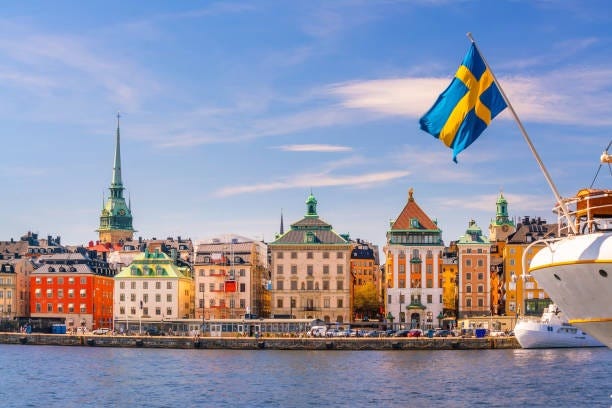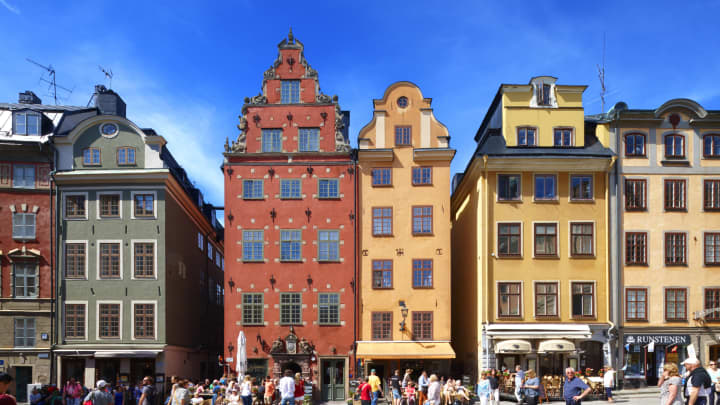Table of Contents
- Introduction
- History of Immigration in Stockholm
- Demographic Overview
- Cultural Contributions
- Economic Impact
- Challenges and Integration
- Neighborhoods and Community Life
- Education and Cultural Exchange
- Arts and Cultural Events
- Future Outlook for Stockholm
- Conclusion
Introduction
Stockholm is often described as a city at a cultural crossroads, where immigrant communities have played a pivotal role in shaping the city’s modern identity. Over the decades, waves of migration have brought diverse traditions, languages, and perspectives, transforming Stockholm into a vibrant, multicultural metropolis.
This article explores the historical context of immigration, demographic trends, cultural and economic contributions, social challenges, and the lasting impact of immigrant communities on Stockholm’s identity. By understanding these dynamics, we gain insight into how diversity enriches urban life and fosters innovation.
History of Immigration in Stockholm
Immigration in Stockholm has evolved over centuries. Early arrivals included labor migrants from neighboring Nordic countries in the 19th and early 20th centuries. Post-World War II migration brought workers from Southern Europe, while more recent decades have seen arrivals from the Middle East, Africa, and Asia.
The city’s history reflects Sweden’s economic development, labor demands, and humanitarian policies. Historical migration patterns set the stage for contemporary multiculturalism in Stockholm.
Demographic Overview
Stockholm’s population today is highly diverse. According to recent statistics:
- Approximately 25-30% of Stockholm’s residents have an immigrant background.
- Major communities include Syrians, Iraqis, Finns, Somalis, Poles, and Iranians, along with smaller groups from Africa and Asia.
- Many second-generation immigrants contribute to a dynamic cultural and professional landscape.
The demographic mix has implications for urban planning, education, and cultural policies.
Cultural Contributions
Immigrant communities have enriched Stockholm’s cultural life in numerous ways:
- Cuisine: Restaurants and food markets offer authentic dishes from the Middle East, Africa, and Asia, creating a vibrant gastronomic scene.
- Festivals: Events such as the Stockholm Multicultural Festival celebrate diverse traditions, music, and art.
- Music and Performing Arts: Immigrant artists contribute to genres ranging from world music to contemporary theater.
These cultural contributions not only enhance quality of life but also position Stockholm as an international hub for creative expression. For examples of multicultural initiatives, see Stockholm City Cultural Programs.

Economic Impact
Immigrant communities significantly influence Stockholm’s economy:
- Entrepreneurship: Many immigrants establish small businesses, restaurants, tech startups, and service companies, boosting employment.
- Workforce Participation: Immigrants fill roles in healthcare, IT, construction, and education, supporting Stockholm’s economic growth.
- Innovation: Diverse perspectives encourage creativity and problem-solving, enhancing the city’s competitive edge.
Studies by Swedish Agency for Economic and Regional Growth highlight the positive correlation between immigration and entrepreneurship.
Challenges and Integration
Despite many successes, integration remains a complex challenge:
- Language Barriers: Limited Swedish language skills can restrict access to jobs and social participation.
- Discrimination and Social Segregation: Certain immigrant communities face prejudice and housing inequalities.
- Education and Skills Gap: Immigrants may require additional training or recognition of foreign qualifications.
Government programs and NGOs play a crucial role in supporting language courses, mentorship, and community initiatives to enhance integration.
Neighborhoods and Community Life
Certain districts in Stockholm are particularly vibrant due to concentrated immigrant populations:
- Rinkeby and Tensta: Known for multicultural life, community centers, and cultural events.
- Södermalm and Vasastan: Attract diverse residents while maintaining a cosmopolitan lifestyle.
- Hammarby Sjöstad: Combines modern urban planning with inclusive housing policies to promote diversity.
Community initiatives, local associations, and cultural centers foster cohesion and mutual understanding. More information about community programs is available at Migration and Community Services Stockholm.
Education and Cultural Exchange
Schools and educational programs are central to integration:
- Multilingual education supports children from immigrant backgrounds.
- Adult education and vocational training help newcomers gain skills for the Swedish labor market.
- Cultural exchange programs promote mutual understanding between different communities and native Swedes.
Arts and Cultural Events
Stockholm’s immigrant communities have influenced the arts scene:
- Theater groups produce plays reflecting immigrant experiences and societal issues.
- Music festivals showcase global influences, from Middle Eastern rhythms to African percussion.
- Public art projects in neighborhoods celebrate multicultural identity, promoting inclusivity.
Examples include initiatives by Kulturhuset Stadsteatern, which promotes cultural diversity in performing arts.

Future Outlook for Stockholm
Looking ahead, Stockholm is poised to continue benefiting from its diverse population:
- Enhanced cultural integration will strengthen social cohesion.
- Immigrant entrepreneurship will remain a key driver of economic growth.
- Policies promoting inclusion, language education, and equitable housing will further solidify the city’s multicultural identity.
Stockholm’s experience demonstrates that embracing diversity enhances creativity, resilience, and global competitiveness.
Conclusion
Immigrant communities are integral to Stockholm’s identity, shaping the city’s culture, economy, and social fabric. From cuisine and arts to entrepreneurship and urban life, their contributions are visible throughout the metropolis. While challenges exist in integration and equality, proactive policies and community engagement continue to create a dynamic, multicultural Stockholm.
